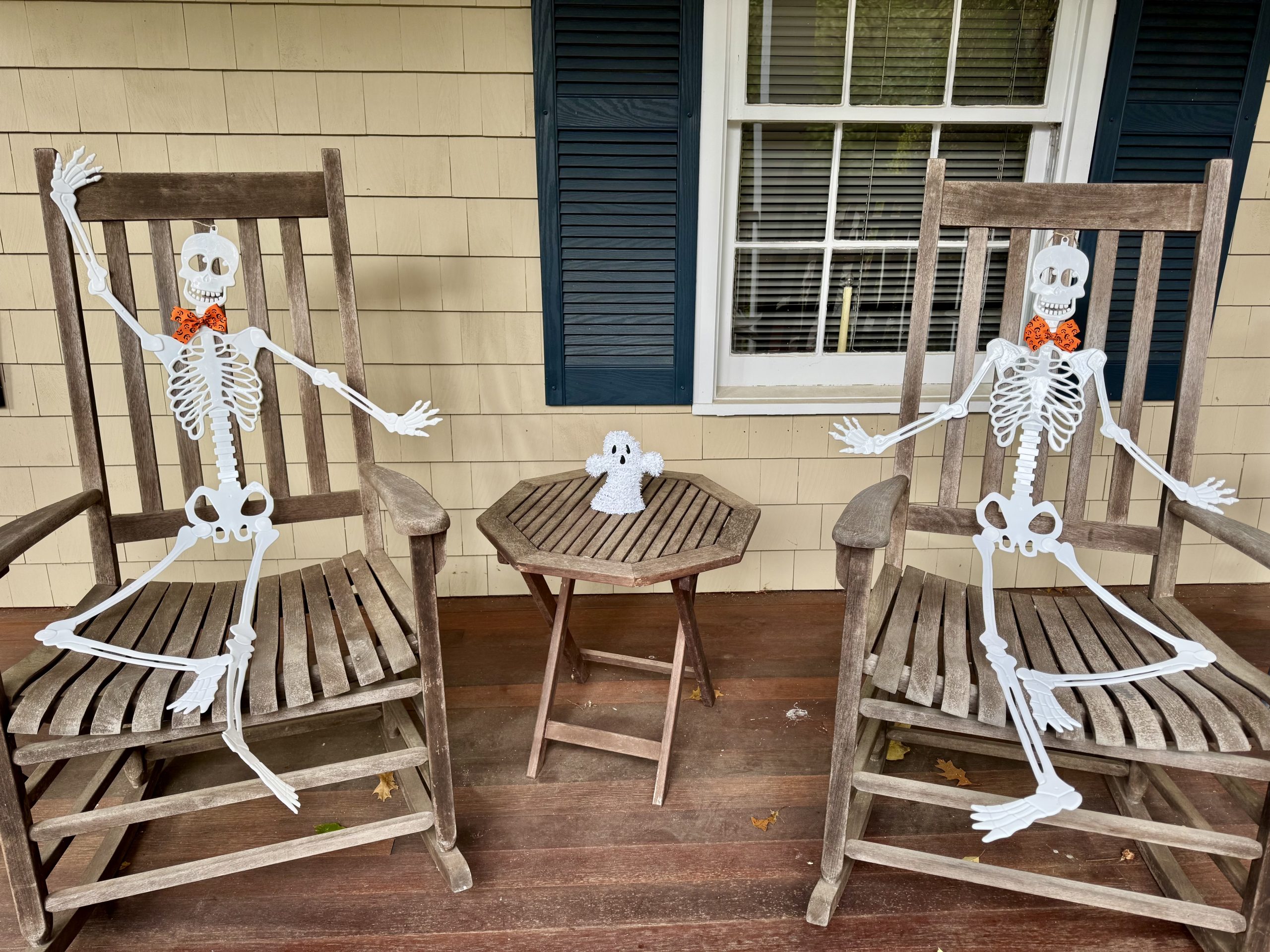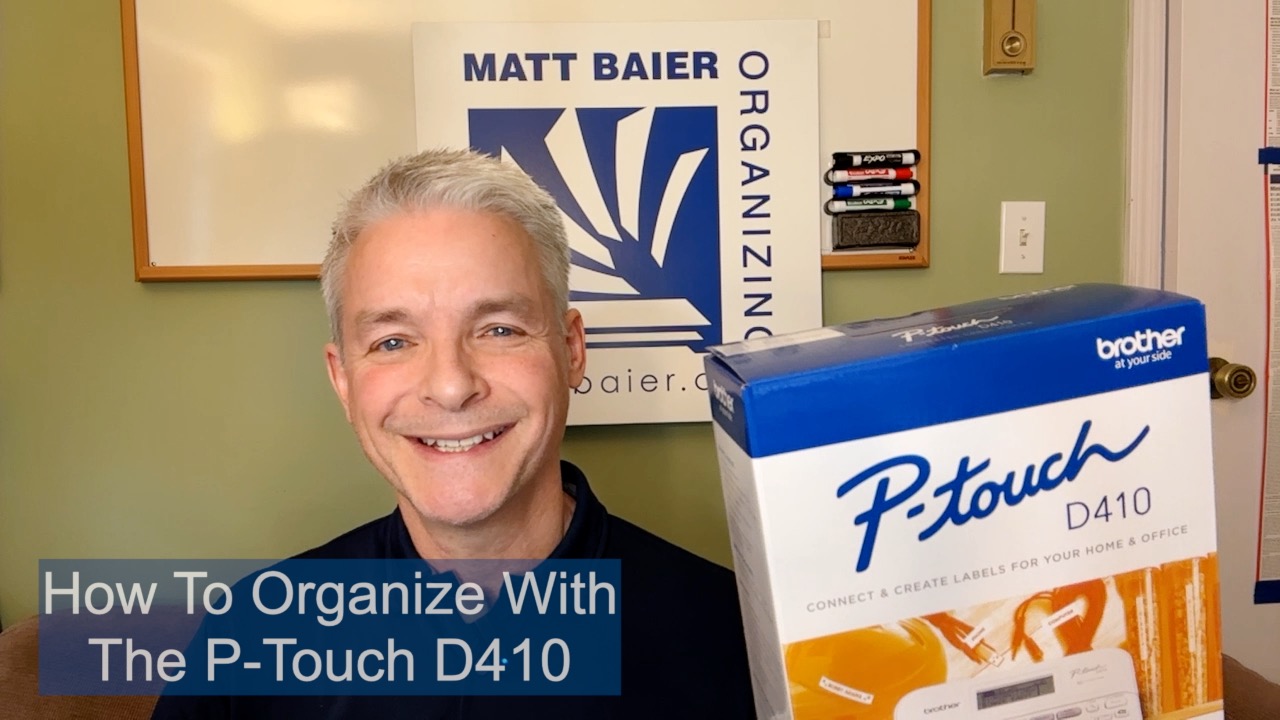For those of you who prefer to read, here is a transcription of my video with this title.
The topic of organizing with pending items was inspired by one of my YouTube subscribers who writes:
“What would you recommend for borrowed stuff you need to return to a friend/family member you don’t see very often. I usually place the stuff near the door, but then, when I see the person, forget it and it stays, taking up space for months to come… (Tupperware, forgotten hat, kids toys, books…) Thank you.”
Great question!
This question relates to the bigger topic of pending items. Pending items are things whose actions are dependent on someone else’s actions or on some event to happen.
In either case, you’re right. You do NOT want these items eating up daily exit zone space.
1. Donation Depot & Returns Depot
You may recall in my “Top 5 Homeless Categories” video I mentioned a donation depot and a returns depot.
These both represent a location for pending items. Emptying the donation depot is pending the moment the bins finally fill up. Removing the return items are pending the event that you are going to a store.
It probably won’t surprise you to know that every time I go to The Container Store, I am compelled to ask “Do I have any items to return?”
The same is true every time I go to Home Depot and Staples.

2. Personal Returns need a different location
But what about your question regarding friends and family and the Tupperware, hat, or toy that’s been left behind? I would also store these in a dedicated return area.
It’s not really important where this is as where it is not.
It should NOT be:
- Crowding your exit zone
- Grouped with store returns
- In a remote, forgettable place
You’ll be surprised what a difference it makes to have just one place dedicated to items to return alone, but to really increase the likelihood of return, wherever possible, attach the item to an event.
3. The Newspaper Analogy
This is a great opportunity to bring up a concept from my book, The Circulation Solution, called the Newspaper analogy. The Newspaper analogy has to do with separating a task from a project, just as a headline on the front page is separate from the full story inside. In the case of pending items, that Tupperware container, hat, and toy represent the full story. So they require a headline to connect you to them.
4. Tie the location to the calendar
The most attention-grabbing, timely headline for this is a note on your calendar. Is there a time you regularly see your family or an upcoming event with your friends? Add a note to that date about the item they left behind. You don’t need to keep an item out for all the days leading up to that event (it only creates confusion), you just need the reliable reminder. If you are worried that you will forget your new dedicated zone for return items, write that location on your event until it becomes a habit.
If you don’t have a regular meeting or a scheduled event bringing you together, make a note on your friend’s or family member’s birthday. Maybe that’s not for another year, but at least you limit the separation to a year.
4. Keep a “Pending” File
Finally, I recommend keeping an ongoing paper file, labeled “Pending.” It seems that every time we clear a client’s desk, there are things remaining that can’t be put away because they are waiting for someone else to take action. These items are perfect candidates for the pending file.
Maybe check this file every month to remind you of an order you need to follow up on or an action you’re still waiting on, but by and large, these are going to be items that don’t demand your action. They just need a safe place to go until someone else takes action.
In the meantime, you free up your number one organizing tool, your clear work surface.
Pending items represent a category that almost no-one provides, but everyone has.
Please Share With Your Community
Testimonials
What some of our clients are saying
Imagine An Organized Home
















